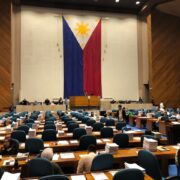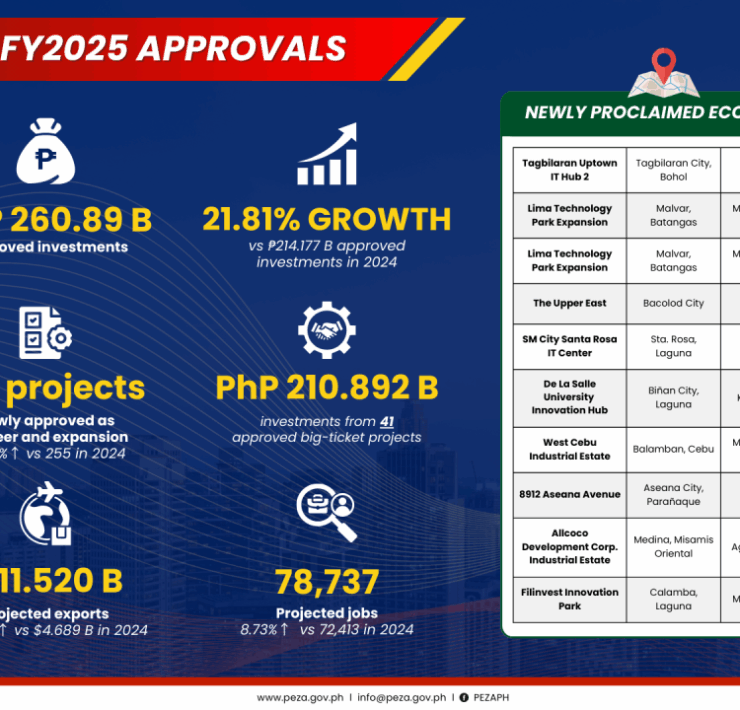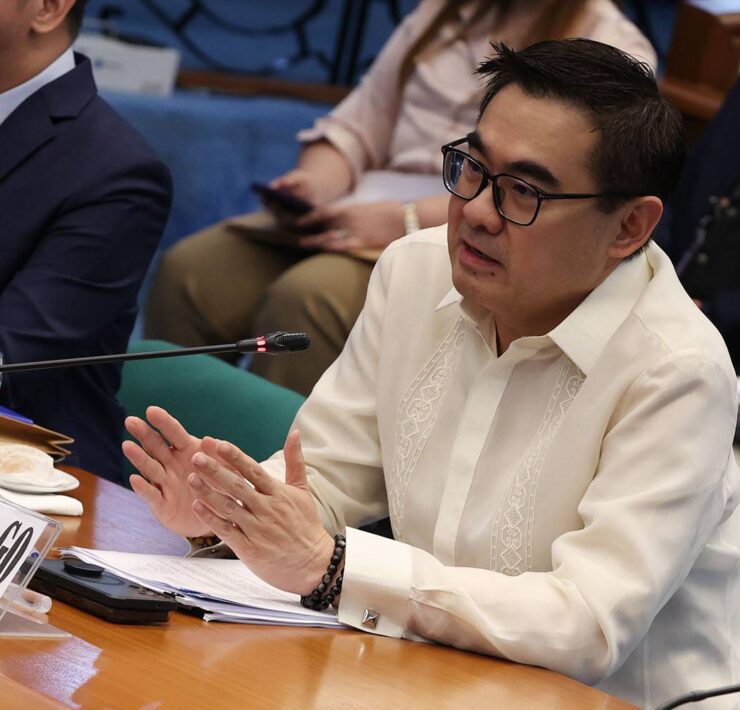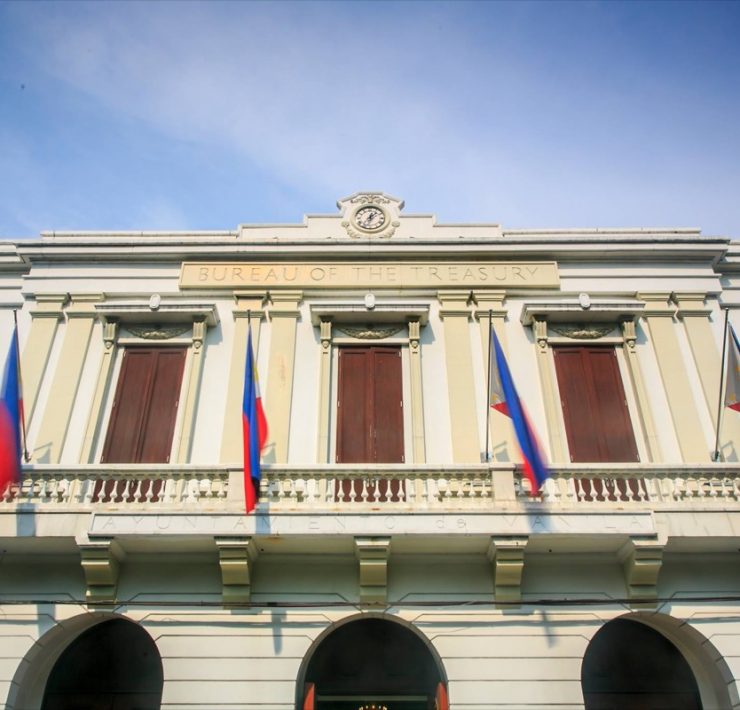BSP’s rate-cut run may stretch into 2026
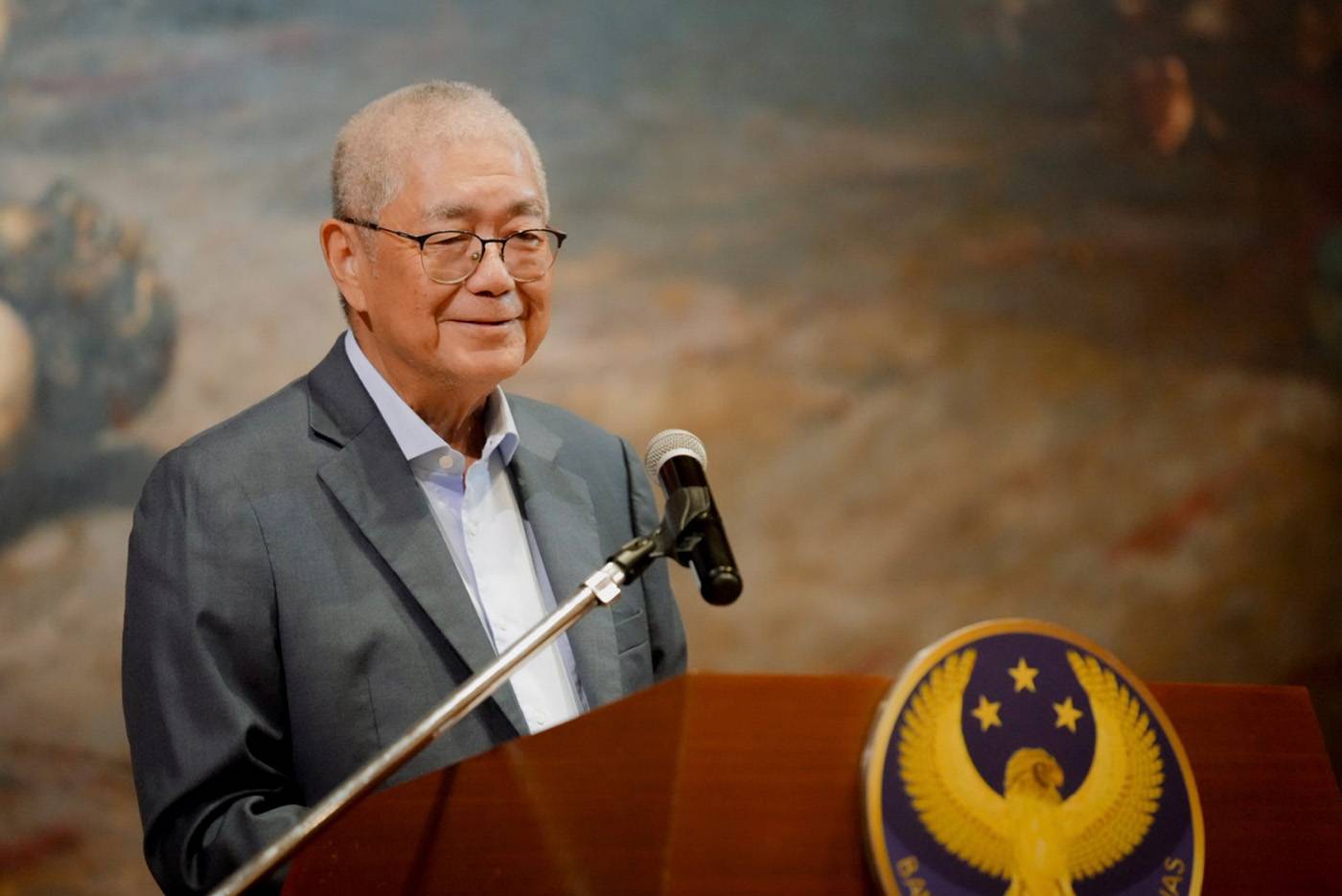
The Bangko Sentral ng Pilipinas (BSP) may keep its easing cycle alive well into next year, hoping to jolt an economy weighed down by weak business sentiment and sluggish public spending—local pressures that have begun to eclipse external risks.
Miguel Chanco, chief emerging Asia economist at London-based Pantheon Macroeconomics, called last week’s surprise quarter-point rate cut a “rude, if long overdue, awakening” for monetary authorities who had earlier declared they had hit the sweet spot when the benchmark rate was trimmed to 5 percent in August.
He noted that the soft business confidence now worrying the central bank had been festering long before the infrastructure spending scandal started to rattle the stock market and put a chill on investment plans.
For this reason, Chanco said he had been “downbeat” on economic growth, which he expected to come at a low of 5 percent this year against the government’s target of between 5.5 and 6.5 percent.
“We never bought into Governor Eli Remolona Jr.’s talk of a ‘sweet spot’ in August and, with corporate sentiment going from underwhelming to outright miserable, we reckon more monetary easing is in the pipeline until early next year,” he said in a note to clients.
“We still see a 25-basis point (bp) cut in December and we’ve added an additional reduction in the first quarter, taking the target reverse repo rate to a terminal 4.25 percent,” he added.
At its meeting last Thursday, the Monetary Board voted to cut the benchmark interest rate to 4.75 percent, citing the need to shore up business confidence bruised by a deepening investigation into dubious flood control projects.
That same scandal, the BSP said, could hurt government spending, adding risks to growth.
Remolona said the decision “wasn’t unanimous, but it was overwhelming, I would say, in favor of a cut.” The move caught many by surprise: only six of 16 economists surveyed by the Inquirer last week had seen the reduction coming.
At a news conference, Remolona said the “sweet spot” for the policy rate was now between 4 and 5 percent, adding that the central bank still had room to ease further—possibly as soon as December.
Separately, Junjie Huang, economist at Deutsche Bank Research, also believed that the BSP may extend its rate-cutting run until 2026.
“We add two more cuts to our BSP outlook with the terminal rate at 4.25 percent: 25 bps each in December 2025 and the first meeting in 2026 (likely February),” Huang wrote.
“BSP’s estimate that policy transmission could take six to 18 months also suggests that it may want to cut sooner rather than later, especially as a pullback in government spending is likely to have a near-immediate impact on the economy,” he added.




